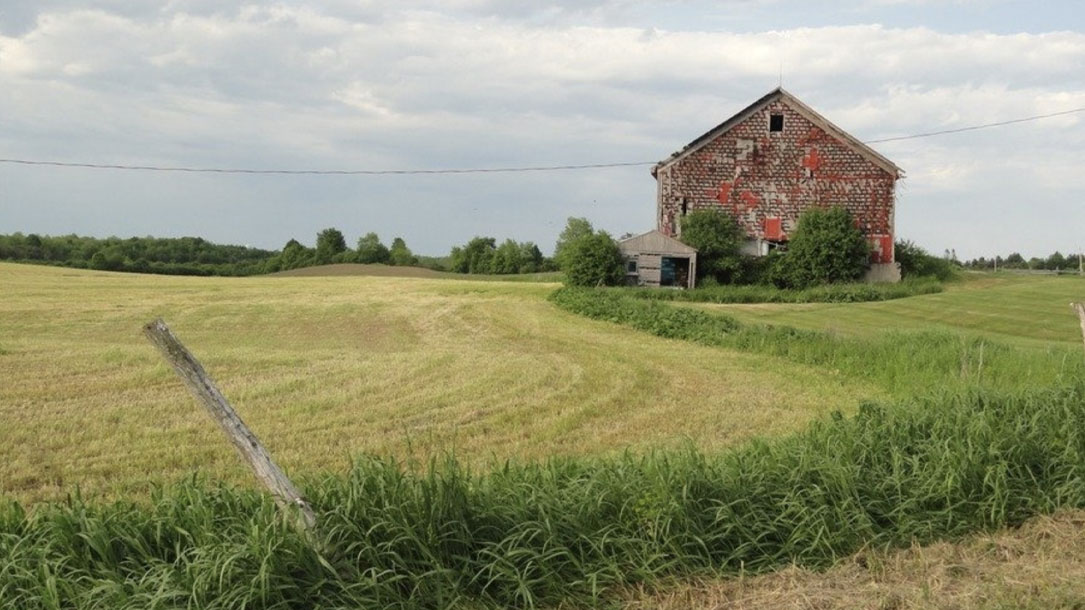
Farms under threat
Farms Under Threat is AFT’s multi-year effort to advance cutting-edge solutions for farmland protection. We use high-resolution spatial analysis tools to identify exactly where agricultural land has been converted to urban and low-density residential land uses, and we have done a deep analysis of every state’s policies for protecting farmland and ranchland, promoting agricultural viability, and helping transfer land to the next generation of farmers and ranchers.
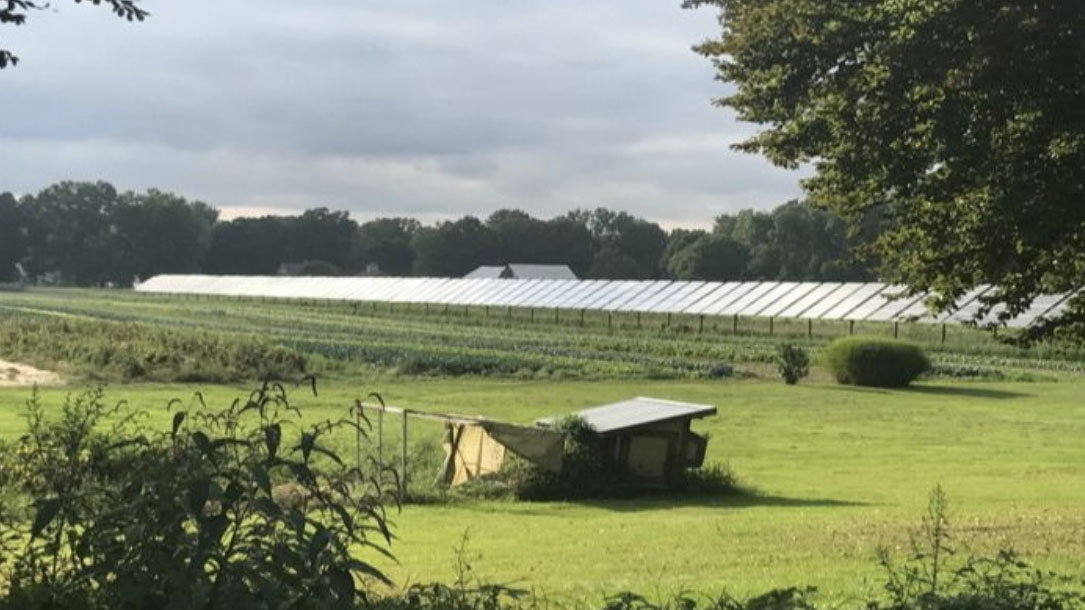
Farmland and Compatible Solar Webinar Series
Farmland is a critical resource in our country, particularly in areas that are heavily forested or developed. American Farmland Trust recently released the Farms Under Threat report, documenting those challenges.
Yet climate change is the most significant threat to conservation we have ever faced. Rather than remove forests, many are locating solar fields on agricultural lands. Can it be done well? Yes.
Find out how in this webinar series focusing on smart solar siting, balancing solar siting with conservation, growing the solar market, and turning state and local priorities into sound policy. While this is focused on New England, there will be many transferable concepts for wherever you are located.
Webinars are free and running on September 23, September 30, October 7, and October 15.

Smart Solar Siting partnership project for New England
American Farmland Trust’s Smart Solar Siting Partnership Project for New England started as a two-year effort to build an influential, ongoing, multi-stakeholder coalition supporting recommendations that advance smart solar siting policies and programs in New England states. This is a joint effort to accelerate the expansion of renewable solar energy facilities while maintaining New England’s most productive, resilient farmland and forest land and strengthening its regional food systems.
Check out their program and resources. Your land trust and community may be able to model a similar approach.
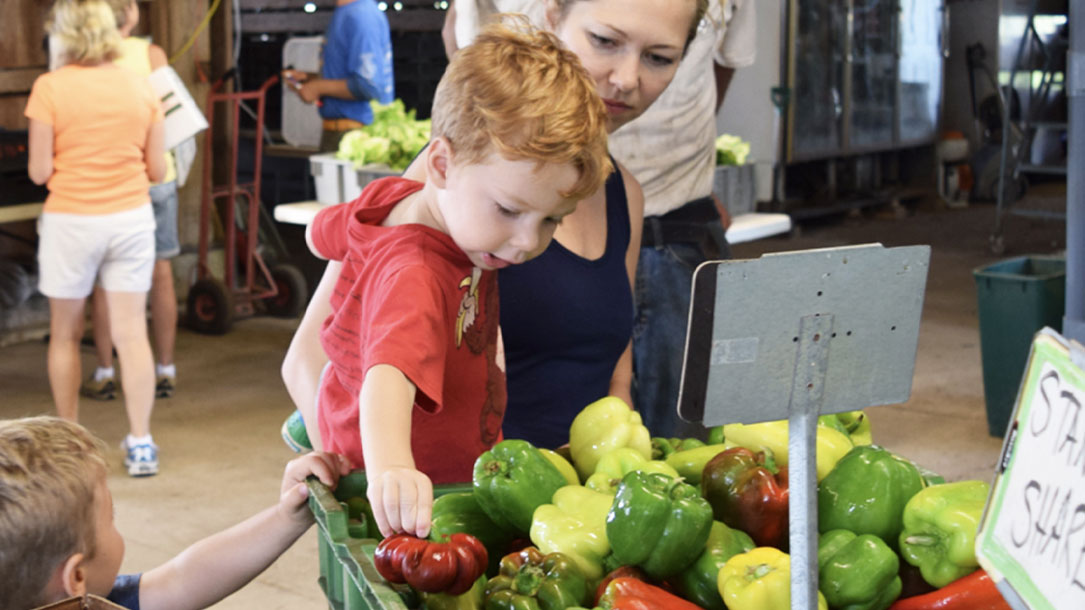
Green Earth Harvest
The Conservation Foundation’s Green Earth Harvest program is devoted to healthy soil, healthy vegetables, healthy people, and healthy communities. Our Green Earth Harvest farm crew works tirelessly to sustainably farm the agricultural land at our McDonald Farm headquarters in Naperville and produce healthy organic vegetables for the community…

Four ways land conservation mitigates the impact of climate change
This land trust is working to conserve land using a number of different strategies. They own farmland, wildlife habitat, and hold conservation easements. They run educational programs and own a farm (offering food to the community). Their reach is wide—and they are adapting and responding to calls for greater impact and the need to slow down climate change.
Check out this blog post as an example of how you could help your community see the importance of land conservation as part of the solution…

Strategies for Mitigating Climate Change with Natural and Working Lands – A Policy Analysis and Playbook
“Wisconsin’s more than 33 million acres of forests, farms, and conservation lands cover more than 92% of our state. They play a critical role in absorbing and offsetting carbon dioxide (CO2) and other greenhouse gas emissions that are the primary cause of climate change.
Together, these “Natural and Working Lands” are a highly productive resource, contributing farm and forest products to our economy, providing recreation opportunities and a high quality of life, and quietly but effectively offsetting CO2 emissions.”
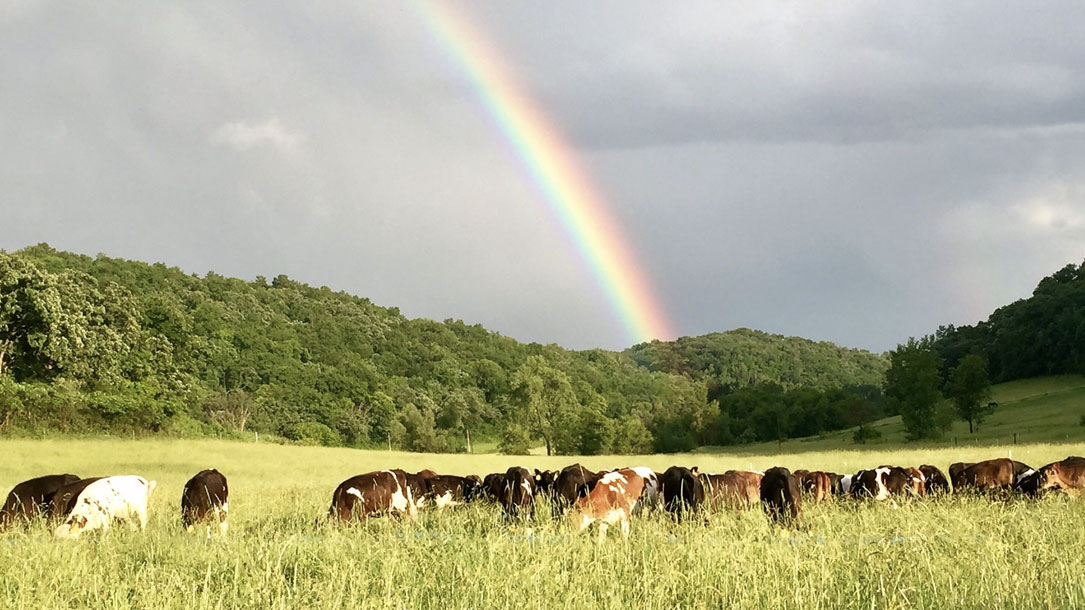
New report: “Strategies for Mitigating Climate Change with Natural and Working Lands”
Wisconsin’s more than 33 million acres of forests, farms, and conservation lands cover over 92% of the state. They play a critical role in absorbing and offsetting carbon dioxide (CO2) and other greenhouse gas emissions that are the primary cause of climate change. Together, these “Natural and Working Lands” are a highly productive resource, contributing farm and forest products to [the] economy, providing recreation opportunities and a high quality of life, and quietly but effectively offsetting CO2 emissions.
Natural and Working Lands make a significant contribution to cleaner air and reduced warming, with large benefits for soil, water, and people. By managing [the] Natural and Working Lands effectively, Wisconsin could offset an additional 16 million tons of CO2 each year—equal to 20% of our annual net greenhouse gas (GG) emissions.
See the full report “Strategies for Mitigating Climate Change with Natural and Working Lands” here.

Sustainability and climate change initiatives
In their most recent climate initiative, the Kennebec Land Trust Finance Committee worked with Kennebec Savings Bank Investment and Trust Services to move their investments into a Socially Responsible Investment (SRI) portfolio that is aligned with their mission. SRI considers environmental, social, and corporate governance criteria to generate long-term competitive financial returns and positive societal impact.
As managers of forestland, they use and promote forest management practices that maximize carbon sequestration, including: protecting soil carbon, where about 50% of the carbon inventory is typically stored on a forested acre; promoting native species and increasing plant diversity to improve forest resiliency and carbon storage; harvesting sustainably; and taking a long-term view by growing high-value and larger diameter trees. On the ground, their forestry days at the Curtis Homestead are teaching the next generations…
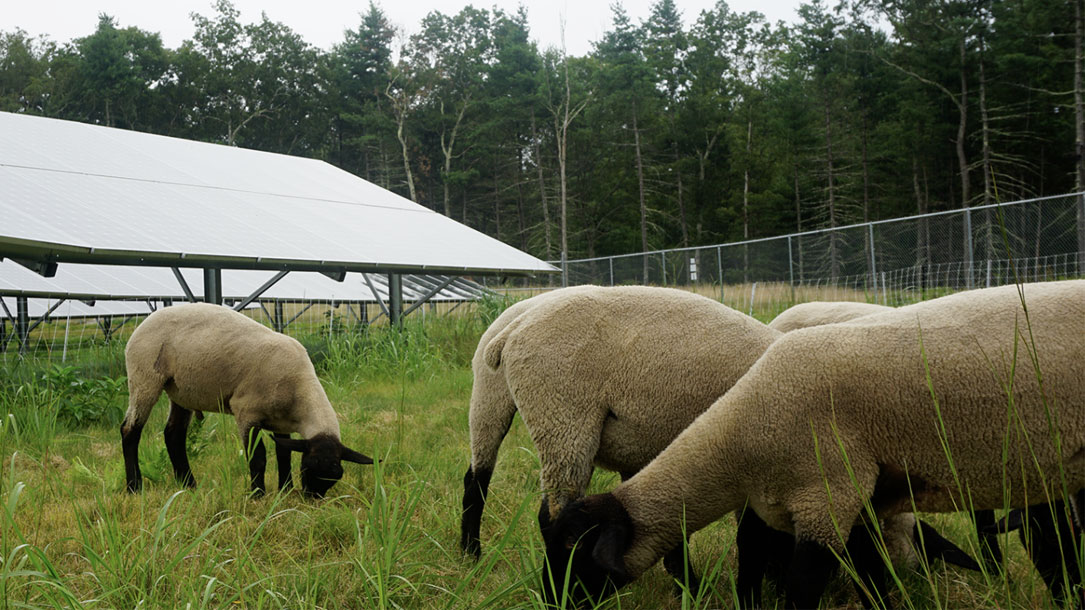
What makes for compatible solar?
American Farmland Trust’s New England Climate and Agriculture Program Manager and soil scientist Emily Cole, and Blue Wave’s Development/Senior Director Drew Pierson, team up to talk about what is needed to make solar projects compatible with—and benefit from—farmland viability.
If you are interested in how to slow down climate change and help agriculture, this webinar could be helpful. This is the second in a three-part series. While the webinar is focused on New England, the concepts of design, strategy, and partnerships are applicable to other parts of the country.
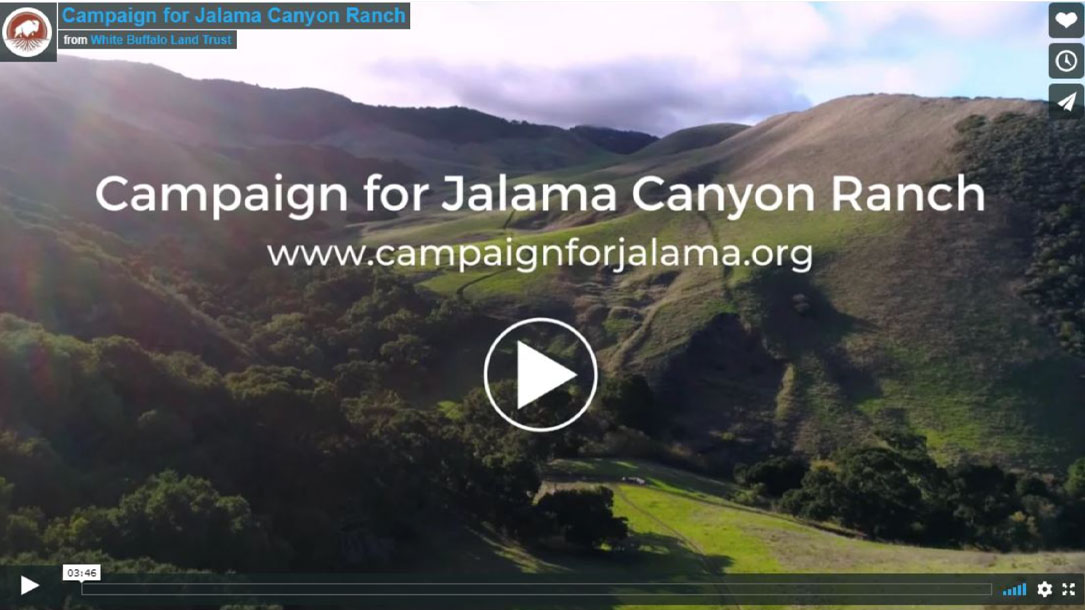
Regenerative agriculture: Campaign for Jalama
The land trust is launching a campaign to acquire Jalama Canyon Ranch where they will create a critical center for regenerative agriculture…leading to a healthier food system, drawing carbon from the atmosphere, increasing biodiversity, strengthening communities, and improving farmer and rancher livelihoods.
Jalama Canyon Ranch will model regenerative agriculture at scale in a financially viable way; serving as a center for education and training, scientific research, and removing the barriers to rapid and broad adoption of regenerative agriculture locally, regionally and globally.












